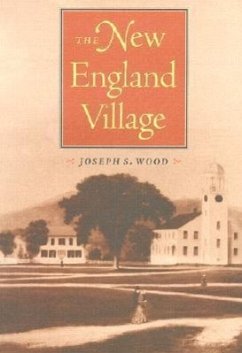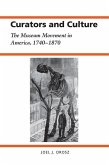The New England village, with its white-painted, black-shuttered, classical-revival buildings surrounding a tree-shaded green, is one of the enduring icons of the American historical imagination. Associated in the popular mind with a time of strong community values, discipline, and economic stability, the village of New England is for many the archetypal "city on a hill." Yet in The New England Village, Joseph S. Wood argues that this village is a nineteenth-century place and its association with the colonial past a nineteenth-century romantic invention. New England colonists brought with them a cultural predisposition toward dispersed settlements within agricultural spaces called "towns" and "villages." Rarely compact in form, these communities did, however, encourage individual landholding. By the early nineteenth century, town centers, where meetinghouses stood, began to develop into the center villages we recognize today. Just as rural New England began its economic decline, romantics associated these proto-urban places with idealized colonial village communities as the source of both village form and commercial success. This provocative assessment of the New England village encourages critical thinking about landscape origins and meanings ascribed to them by different people in different periods. We invent the past, Wood concludes, in our own image -- as nineteenth-century villagers did quite literally and as suburban developers do today.
Bitte wählen Sie Ihr Anliegen aus.
Rechnungen
Retourenschein anfordern
Bestellstatus
Storno








